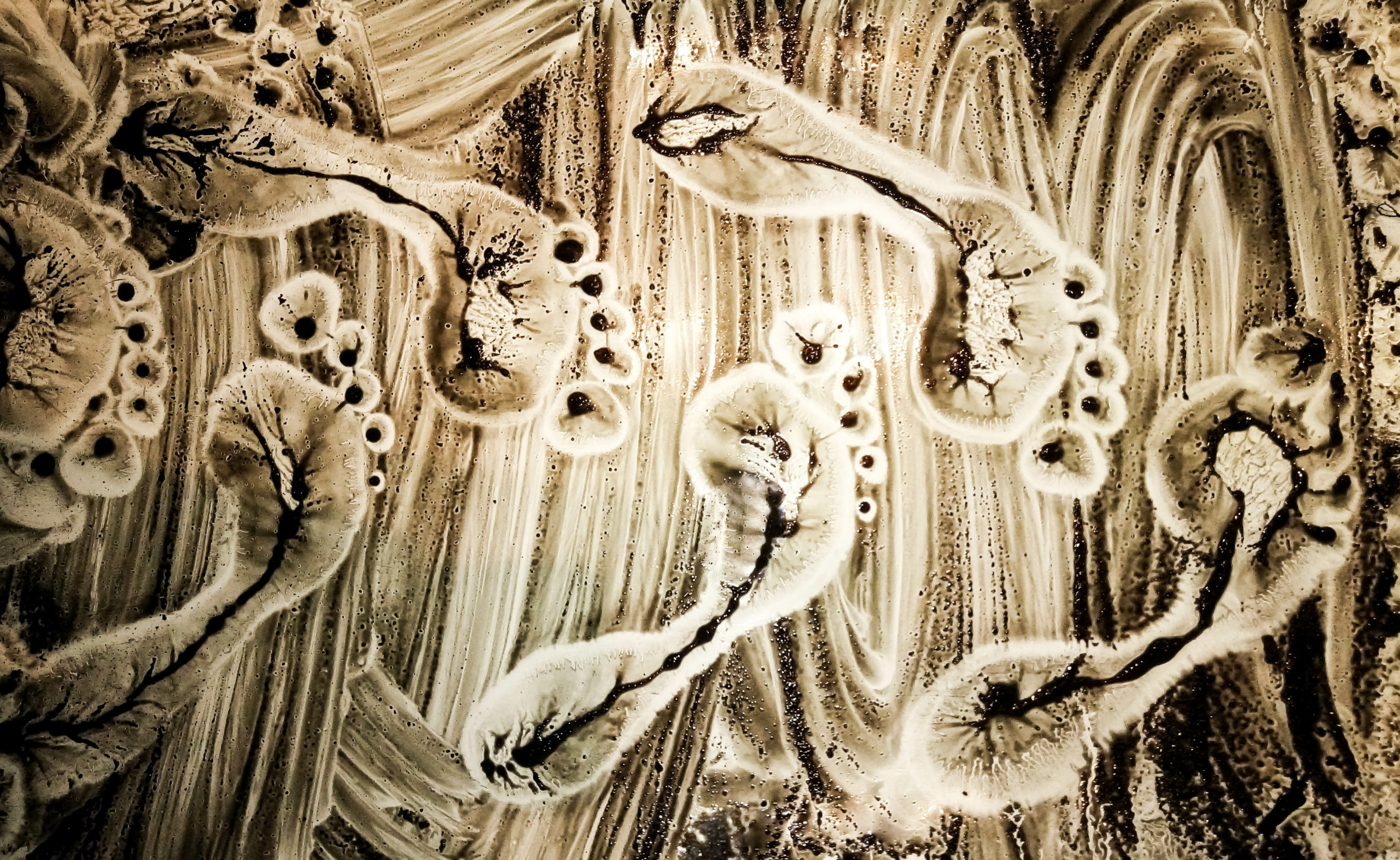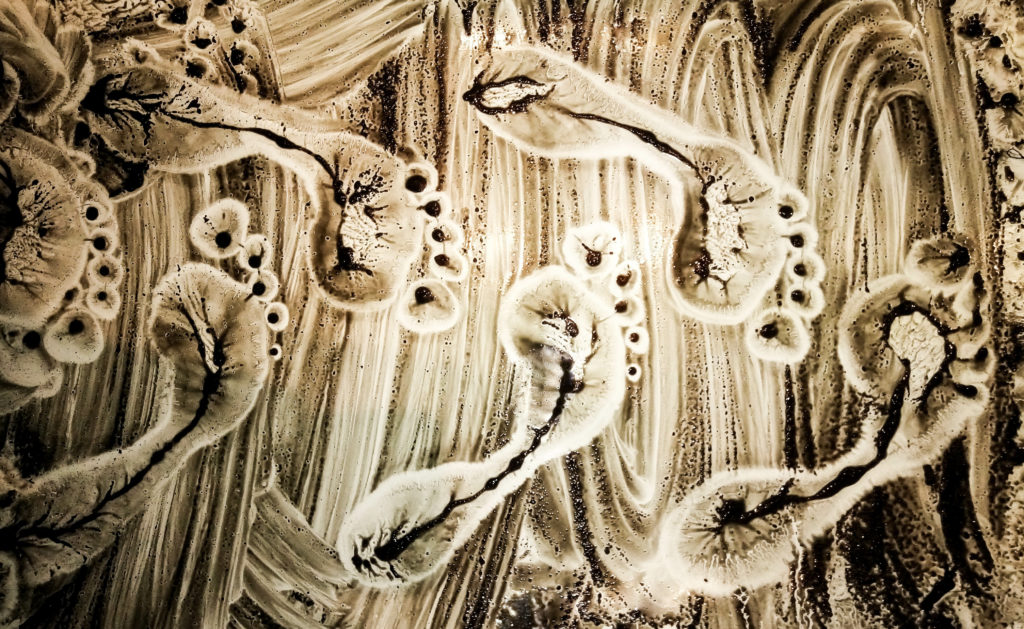SURNAMES LIST OF FRENCH BORN ANCESTORS
A summary list of the surnames that are in scope for this website can be found in the table below. It includes the name of the “ancestral line” as noted in my lineage charts, together with basic information for each ancestor – the year born, married and died; the origin town and region in France; arrival date in New France; spouses first and last name; and whether the spouse was born in France.

LINEAGE CHARTS
Family historians often focus on their paternal lineage. My focus is on paternal, father to father AND matrilineal, mother to mother direct lineage. (Siblings and others are included occasionally). With my French-Canadian heritage, and the ready access to very good records, I was able to trace my matrilineal lineage without too much effort.
I have prepared two documents that highlight the surnames included in my family history scope for this blog website. The first is a summary lineage chart for the ancestors I am researching and will be writing about. Caution is advised as these do not follow any traditional or standard conventions. As a family historian (not a genealogist) I have found them very useful and refer to them frequently. They help to keep track of who is who in my family zoo, so to speak.
The first chart is for my maternal lineage and the second chart is for my paternal lineage. There are two pages in each chart. Note that the charts start with my grandparents names at the bottom. My French born ancestors are shown at the top of the chart.
The first page of the chart shows my direct lineage (paternal on left and maternal on right) above my grandparent. The second page of the chart shows my direct maternal lineage on the first and third columns. The French forefathers to my maternal ancestors are shown in the second and fourth columns.

This is my maternal lineage chart. See below for further explanations.

This is my paternal lineage chart. See below for further explanations.
DETAILED EXPLANATIONS FOR LINEAGE CHARTS
Color scheme:
- Blue shape outline indicates that the ancestor was born during the French Regime (before 1763)
- Red shape outline indicates that the ancestor was born during the British Regime (1763 to 1866)
- Green shape outline indicates that the ancestor was born after Confederation (1867 and later)
Shapes:
- Large Rectangular shape is for my great grandparents.
- Portrait box under each French Ancestor was used to record key information such as the Fichier Origine (Origin File) number. All 7 of my 7 French born ancestors have been certified as a French pioneer in New France.
- Double Lined rectangle box on the second page for my French Forefathers also indicates a certified pioneer of New France with a Fichier Origine (Origin File) number.
Emblems:
- Fleur de Lis indicates a Filles du Roi (Daughter of the King) -I have identified 7 Filles du Roi
- Red/Blue/White flag indicates a soldier with the Carignan Saliére Regiment- 2 identified
Abbreviations:
- ggf great grandfather
- gggf great-great grandfather
- ggm great grandmother
- gggm great-great grandmother
Note: The main sources used to document my lineage included Genealogy Quebec; Family Search; and Genealogy of the French in North America.
SURNAME CHANGE FROM ALLAIRE TO DALLAIRE
My 7th great maternal grandfather was Charles Allaire. The third French-Canadian generation of this family started to use the name Dallaire. A plausible explanation for this variant is that genealogists often see the use of the preposition “de” in family names. It is possible that the Allaire family did not escape this and suppressed the apostrophe of the liaison (d’Allaire) to create the variant form Dallaire. Today the surname Dallaire is found more often in Canada than the original Allaire surname.
SURNAME CHANGE FROM MELOCHE TO JOLICOEUR
The surname change from Meloche to Jolicoeur is a family legend. My 6th great grandfather was Francois I Meloche. His son (named Francois II Meloche) was a career voyageur, who died when he was only 42 years old.
When he died at such an early age, Francois II left a very young wife Marie Brunet with several young children. (Francois II and Marie Brunet had 5 children together from 1752 to 1758) Not surprisingly Marie remarried. Her second husband was a military man who chose to remain in Canada after his service and become a habitant. His name was Joseph Girard dit Jolicoeur. The French military often adopted a “nom de guerre” or second name to aid with specific identification as serial numbers were not used at that time. The use of a second name was prefaced with “dit” as was the custom. Joseph had chosen Jolicoeur as his nom de guerre.
Joseph Marie Meloche was only 4 years old when his birth father Francois II Meloche died. It is easy to understand that a stepson would want to honor his military stepfather by taking his surname. Joseph assumed the “dit” surname of his step-father, and was known as Joseph Marie Meloche dit Jolicoeur. Three more generations of the family also used the name surname “Meloche dit Jolicoeur”. My great-great grandfather chose to drop the “Meloche dit” and is recorded as Moise Jolicoeur on several census lists in the late 19th century. I am the third generation to use only the Jolicoeur surname. So that is how my Jolicoeur surname is linked to the Meloche legacy and ancestry. (My younger sister the genealogist actually sorted this out).

